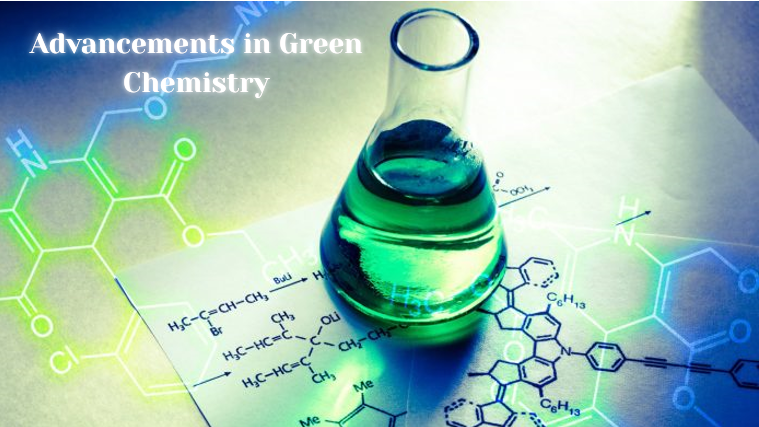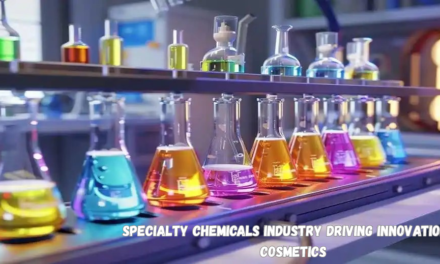Advancements in green chemistry are being driven by innovative technologies, processes, and materials that prioritize sustainability, efficiency, and environmental safety. Here are the key innovations:
1. Bio-Based Feedstocks
- Renewable Resources: Using agricultural products, algae, and forestry residues as raw materials instead of fossil fuels.
- Examples: Production of bioethanol, polylactic acid (PLA), and bio-based polymers.
2. Catalysis Technology
- Selective Catalysts: Development of efficient catalysts that minimize energy use and reduce byproducts.
- Enzymatic Catalysis: Leveraging enzymes for precise, energy-efficient chemical transformations.
- Heterogeneous Catalysts: Reusable catalysts that reduce waste and simplify separation processes.
3. Carbon Capture and Utilization (CCU)
- CO₂ as Feedstock: Innovations to convert captured carbon dioxide into chemicals, fuels, and materials.
- Examples: CO₂-based polycarbonates and sustainable methanol.
4. Solvent Innovation
- Green Solvents: Replacement of toxic solvents with safer alternatives like water, supercritical CO₂, or ionic liquids.
- Solvent-Free Processes: Techniques that eliminate the need for solvents altogether.
5. Atom Economy
- Efficient Reactions: Designing chemical processes to maximize the incorporation of raw materials into the final product, reducing waste.
- Examples: One-pot synthesis and catalytic cycles.
6. Biodegradable and Compostable Materials
- Advanced Polymers: Development of plastics and packaging materials that degrade naturally in the environment.
- Examples: Polylactic acid (PLA), polyhydroxyalkanoates (PHA).
7. Alternative Energy Sources
- Renewable Energy Integration: Use of solar, wind, or geothermal energy to power chemical manufacturing.
- Electrochemical Processes: Innovations in using electricity, especially from renewable sources, for chemical synthesis.
8. Computational Chemistry and AI
- Predictive Modeling: AI and machine learning models to design sustainable molecules and optimize reaction pathways.
- Accelerated Discovery: Identifying green alternatives faster through virtual simulations.
9. Waste Valorization
- Circular Chemistry: Turning industrial or agricultural waste into valuable chemicals or materials.
- Examples: Conversion of lignin into aromatic compounds and food waste into bioethanol.
10. Renewable Hydrogen
- Green Hydrogen Production: Using water electrolysis powered by renewable energy for hydrogen, essential in green ammonia and fuel synthesis.

















